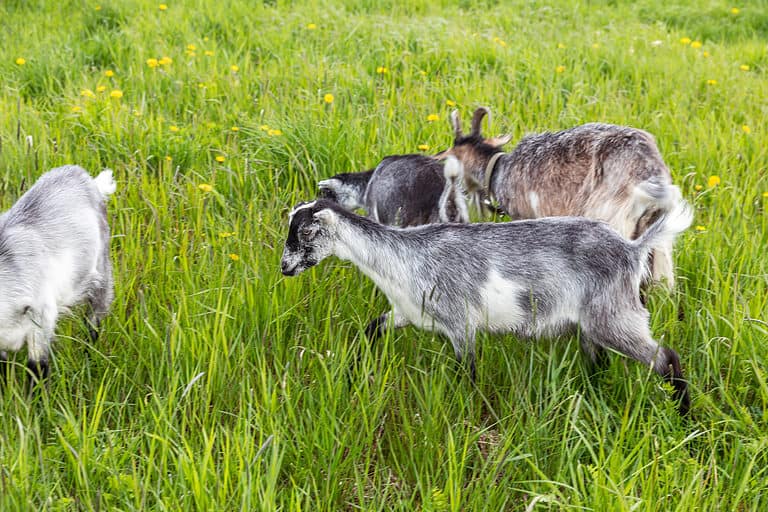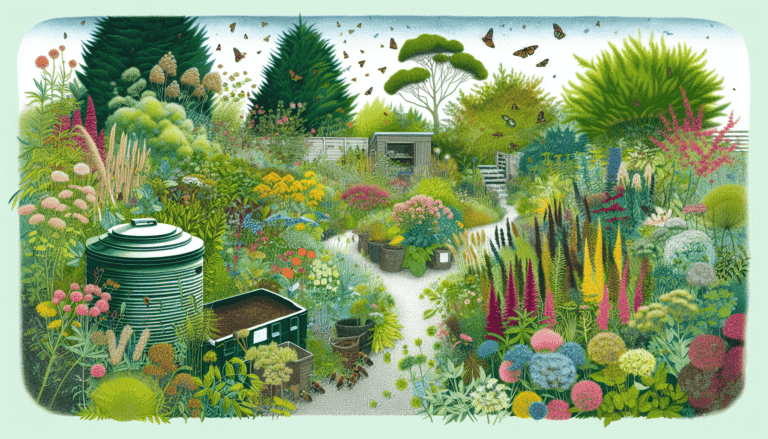10 Best Practices for Managing Barn Cats
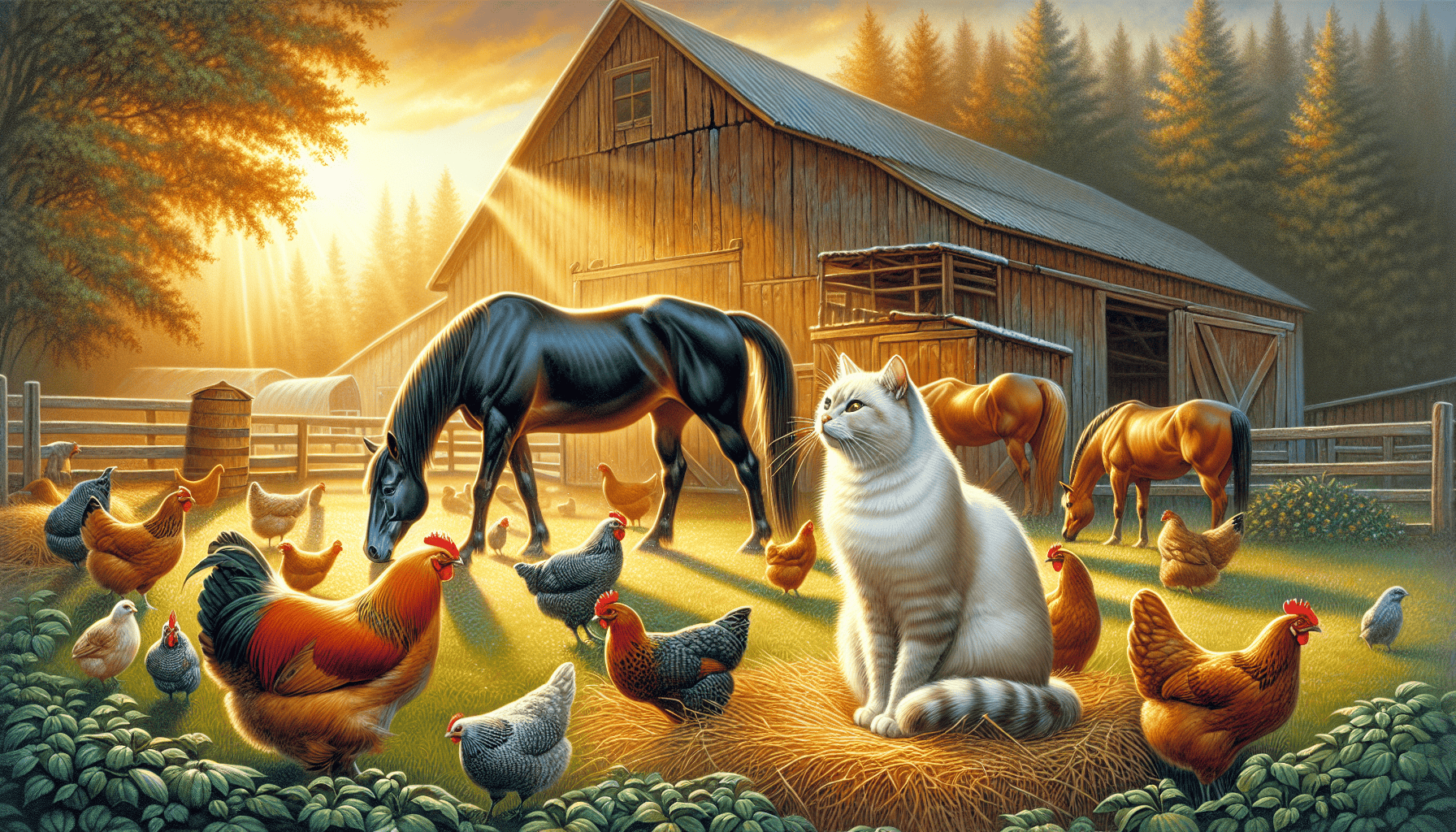
Interested in the role of barn cats in pest management on your farm? Barn cats are essential in regulating rodent numbers and upholding a sanitary environment. This article explores optimal strategies for overseeing barn cats, encompassing neutering procedures, requisite veterinary care, and appropriate shelter provision.
Key Takeaways
Spaying and neutering barn cats is essential for population control, reduced behavioral issues, and enhanced efficiency in pest control.
Regular veterinary care, including vaccinations and preventative treatments, is crucial for maintaining the health and effectiveness of barn cats.
Implementing safe and comfortable shelter options enhances barn cats’ well-being, promoting their effectiveness in pest control while protecting them from environmental hazards.
Spaying and Neutering Barn Cats
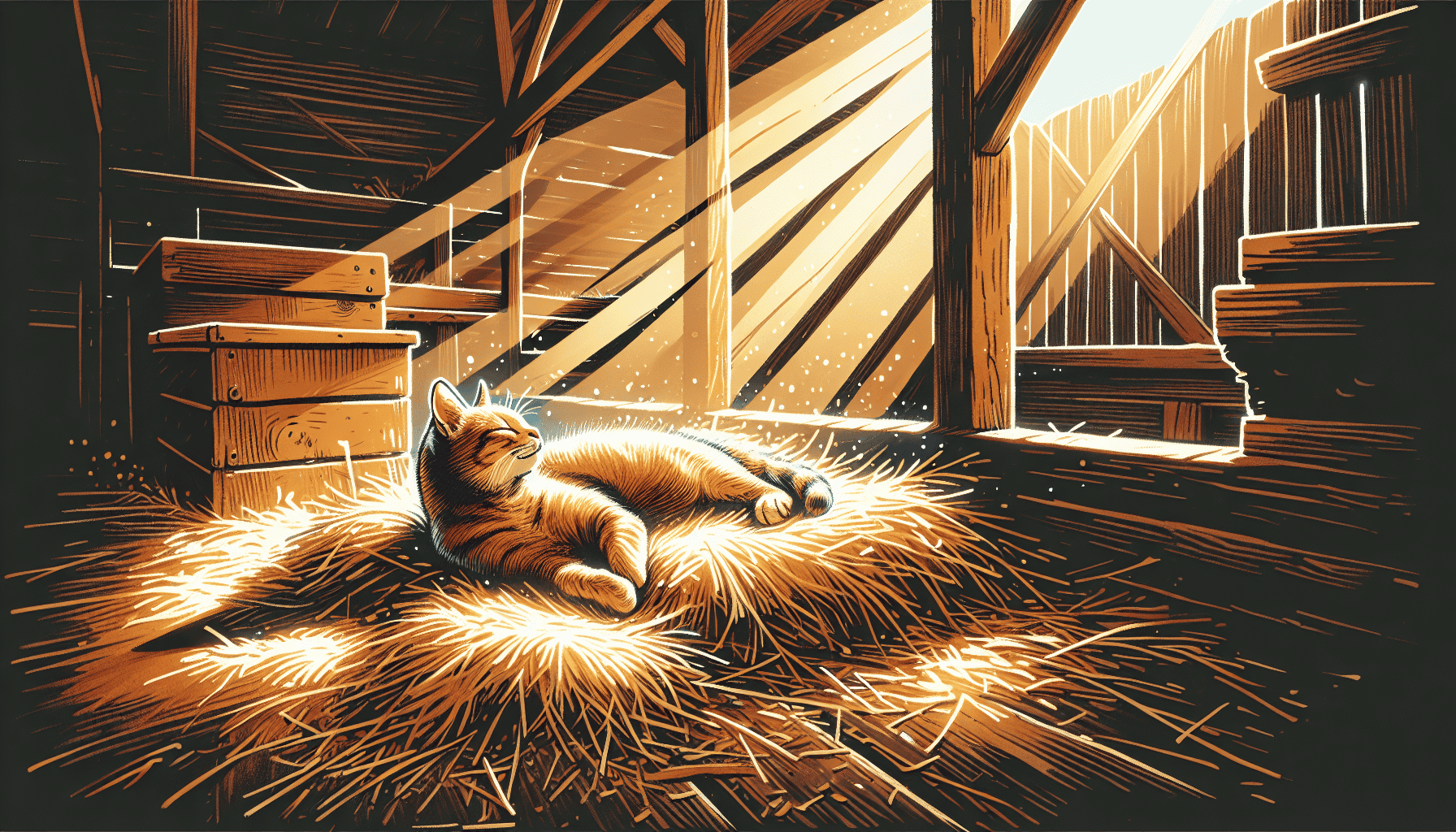
Sterilizing barn cats by spaying or neutering them aids in keeping their numbers manageable and minimizes negative behaviors such as aggression and loud meowing. Cats that have been neutered usually remain within the vicinity of the barn, dedicating themselves to controlling vermin.
The absence of breeding distractions allows fixed barn cats to become more adept at hunting down rodents and other unwanted creatures, thus contributing to a cleaner and safer storage area for crops or livestock. As proficient working felines, they offer considerable value to farm operations.
Curbing the reproduction through sterilization prevents an overabundance of kittens from taking over barns—an issue that arises when cat populations are left unchecked—thus thwarting a surge in superfluous feline inhabitants. Through this precautionary measure, it’s possible to sustain a controlled number of useful pest-hunting animals.
Neutering also fosters tranquility within the environment. Unfixed cats often roam widely seeking mates, which hampers their practicality while exposing them to potential hazards outside safe boundaries. Those who have undergone surgery tend not only to stay closer but also vigilantly guard against intrusive pests.
In essence, performing spay/neuter procedures on these domesticated predators is fundamental for managing well-behaved helpers around agricultural settings—it mitigates population issues eliminates behavior problems associated with mating urges keeps focus directed towards roles assigned making cornerstone good husbandry practices ensuring sound ecosystem throughout premises where grain equipment are stored.
Providing Veterinary Care
Cats that reside in barns necessitate veterinary care due to the risks present in their outdoor surroundings. Routine health evaluations, immunizations, and prophylactic interventions are crucial for keeping these felines fit and active. If they lack appropriate medical attention, barn cats may sustain injuries, contract illnesses or disappear—jeopardizing their role in controlling pests.
Vaccinations form a core element of veterinary care for barn cats and include prevention against serious conditions like rabies and feline panleukopenia—a disease which can be deadly if contracted. With mosquitoes being prevalent around such environments, monthly treatments to prevent heartworm are essential.
It’s vital that deworming practices be regularly administered as hunting activities expose them to higher incidences of parasite infections. Such treatment is instrumental not only in maintaining their own well-being but also ensuring uninterrupted performance of their pest management functions.
To safeguard the wellbeing of barn cats effectively, methods such as microchipping or attaching ID tags prove invaluable by storing key details regarding each pet’s unique medical profile, including known allergies. Information critical during emergency situations where prompt action could save lives. Microchips offer lasting identification increasing chances significantly should a cat stray from home allowing easier recovery back into familiar hands.
In essence, investing diligently in complete veterinary care is imperative when overseeing the welfare of your household pest regulators—the hardworking barn cats—thereby guaranteeing both optimum animal health and enhanced functionality within this distinct farmstead setting.
Creating Safe Shelter Options
Ensuring the comfort and safety of barn cats requires shelters that are cozy and secure. Insulated materials should be used to construct outdoor cat shelters, which also need minimal empty space to help maintain warmth. By doing this, cats can stay warm while being shielded from severe weather conditions.
Using wooden materials to raise the shelter off the ground helps conserve heat and maintain a dry interior environment for the animals. The entrance should be narrow (roughly five-and-a-half to six inches across) both to amplify warmth within by retaining it better, as well as barring entry to larger creatures. An overhang at this small opening adds additional insulation against cold winds and rain.
When considering bedding options, straw is superior in contrast to blankets or towels since it’s less prone to soaking up moisture while still holding onto heat effectively — vital qualities for any insulated material inside animal shelters. Shelters must have design features aimed at preventing wetness. These include angled rooftops plus holes enabling drainage of rainwater.
Feeding Barn Cats Properly

It is essential to feed barn cats correctly for their health and productivity. These carnivorous animals need a diet predominantly made up of meat. A cat food that is high in protein and fat helps sustain their vigor and general wellness.
For optimal activity and efficiency, it’s important to feed barn cats premium cat food with no less than 22% protein content. This enables them to retain the necessary stamina for hunting pursuits and various other activities around the barn while ensuring they are properly hydrated through constant availability of fresh water.
Adding canned cat food alongside dry kibble can better meet hydration needs since these felines typically don’t drink ample amounts on their own. Such a mix allows them access to crucial nutrients while also maintaining good hydration levels, which contributes significantly to their overall health.
Establishing set times for feeding helps create an eating routine, offering stable sustenance throughout each day. Observing how cats consume meals can be indicative of well-being. Any deviation from usual consumption might signal potential health concerns calling for veterinary care.
In summary, a structured approach involving nutrient-dense foods rich in proteins combined with clean water accessibility paves the way toward keeping barn cats robustly healthy as well as proficient at managing pests effectively within your environment.
Introducing New Cats to the Barn
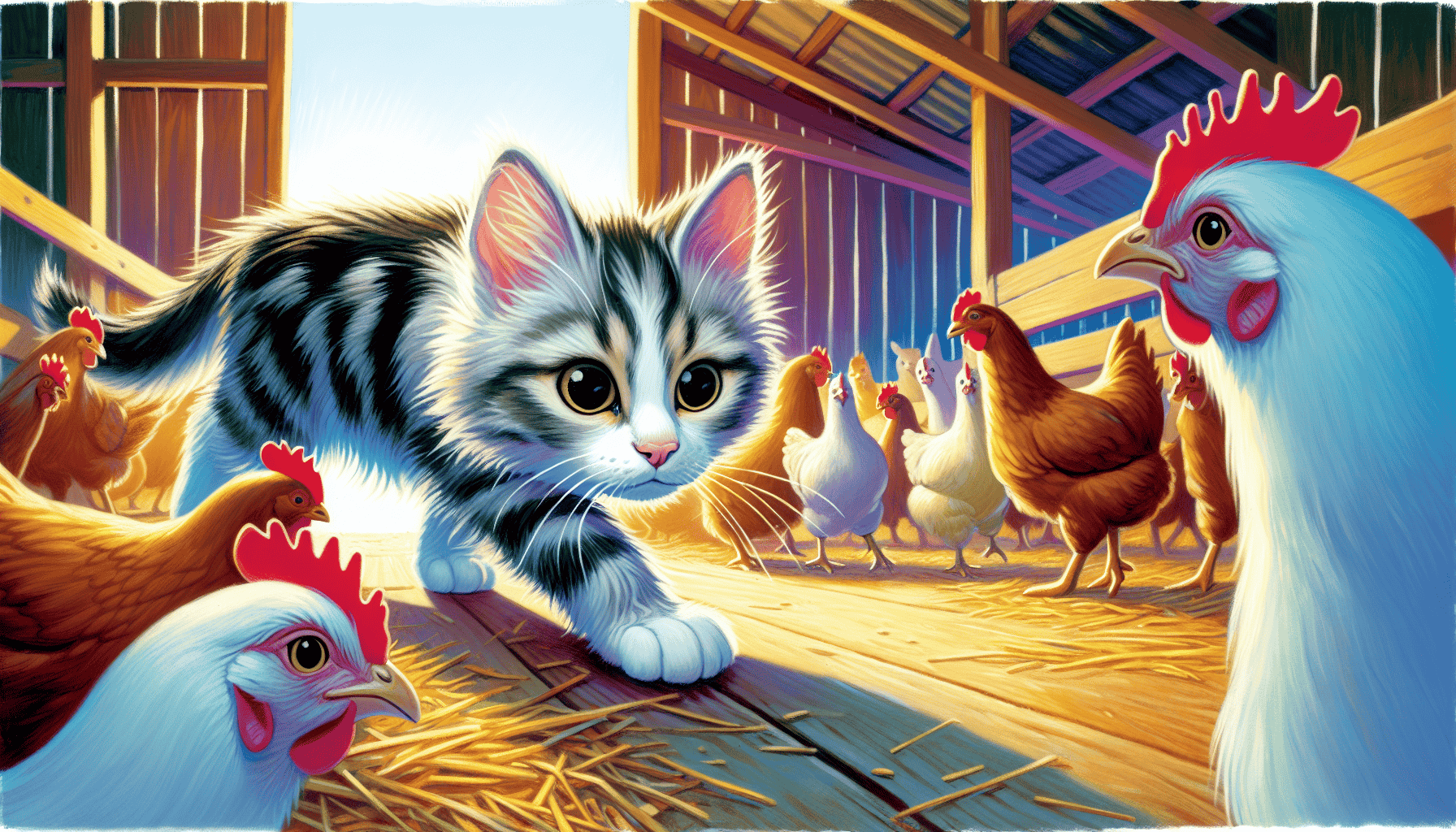
Carefully introducing new cats to a barn setting is essential for their successful acclimatization. For the next few weeks, these newcomers should be contained within a secure space like the office of the barn so they can become accustomed to their surroundings while being safely confined.
The area designated for confinement should have places where cats can hide and feel protected. This includes having an enclosed cage and litter box available. To ensure that they are well-nourished as they get used to their new home, both wet and dry food should be accessible during this period.
To ease them into feeling at ease in the barn environment, engage quietly with them without making direct contact. This will help keep stress levels low for your feline friends. The duration of containment is vital—rushing it may lead them to flee out of fear.
As you release the cats from confinement into the larger barn space, watch how they interact with other animals carefully. This observation helps determine if they’re adjusting properly post-confinement.
When incorporating new cats into your barn community gradually and attentively – providing security through confined spaces, ensuring balanced nutrition options, and mitigating anxiety – you create a pathway towards successfully welcoming these animals into their novel living quarters.
Monitoring Health and Behavior
Keeping a close eye on barn cats’ health and behavioral patterns is essential for maintaining their welfare within the barn environment. Close monitoring can detect any signs of illness or changes in behavior by watching how they eat, their energy levels, and how they interact with other animals.
Inserting a microchip beneath the cat’s skin provides them with a unique identification number that aids in keeping track of them. Microchipping is particularly beneficial for barn cats to ensure if they wander off, they can be identified and returned to their owners.
Attaching ID tags containing important pet information like owner contact details to the collar of your cat offers an immediate point of reference during urgent situations.
Equipping collars with GPS tracking allows owners to follow their pets’ locations live. This technology may require regular battery replacement and functions optimally where signal availability is robust. By using these devices, one can easily keep tabs on where barn cats roam while ensuring they stay in proximity to the property.
To monitor effectively the well-being and security of barn cats involves not only careful observation, but also implementing identification techniques such as microchips, ID tags, and GPS trackers. These measures help protect your feline friends so that they may continue performing pest management duties efficiently.
Handling Feral Cats
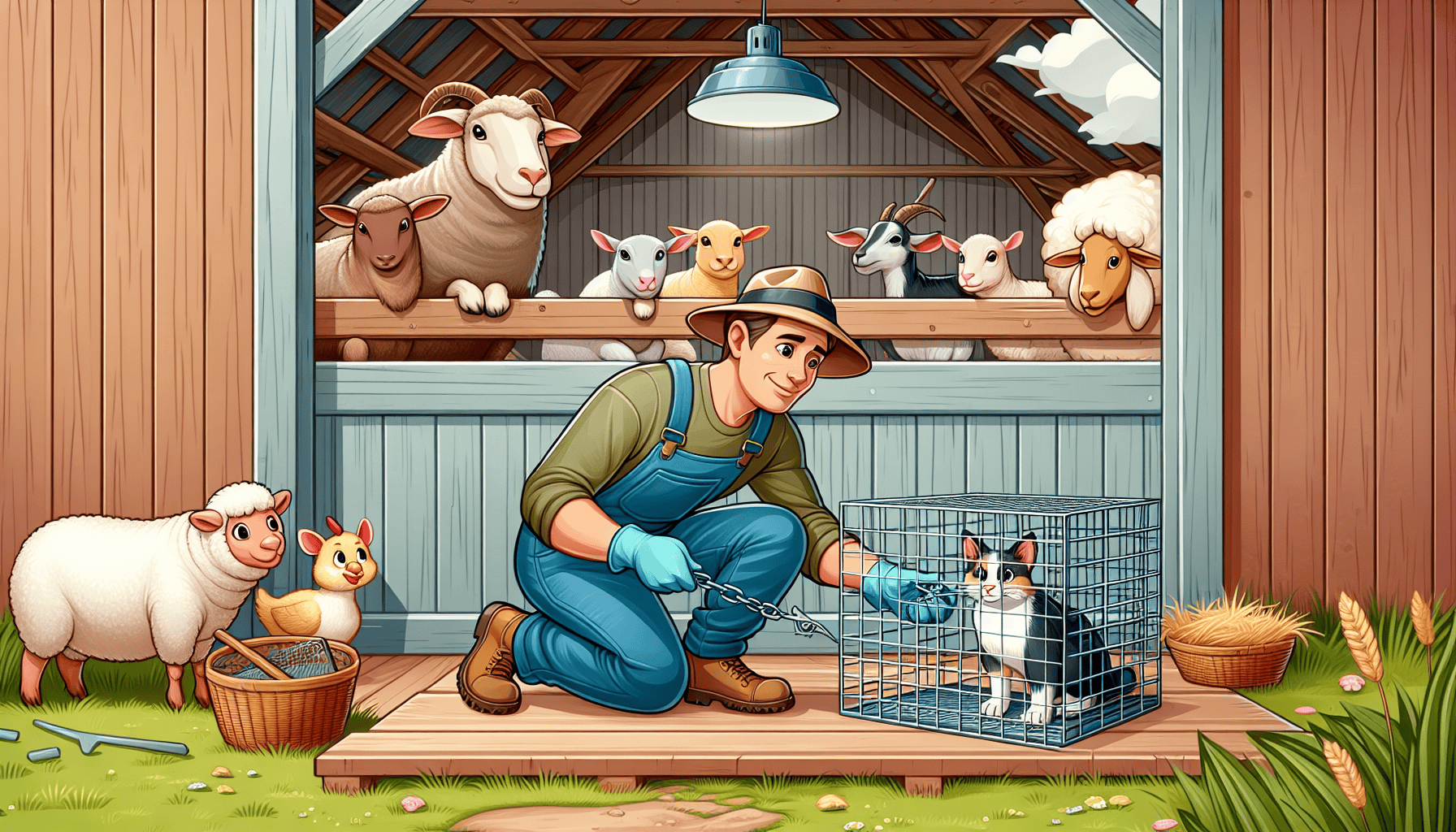
Dealing with feral cats can present a challenge, yet when approached correctly, these cats can become part of the barn environment. Slowly acclimating them allows for taming and adjustment to their new settings. This endeavor calls for patience and steadfastness.
Utilizing live traps is an effective and humane way to capture feral cats either for rehoming or introduction into a barn as working cats. These devices enable safe conveyance without inflicting unnecessary stress or injury on the animals.
It’s essential to tame feral cats in order to successfully blend them into life at the barn. Once trapped, maintaining them within a confined but secure space helps familiarize them with human interactions as well as their new habitat until they evolve into tame barn cat companions.
Consistent provision of food and water plays a significant role during this transition period by fostering trust and aiding in making the cat comfortable. With time, after growing accustomed to their updated living situation, you can begin allowing these former ferals more freedom around the barn structure itself.
A compassionate method that eases gradual adaptation is key when managing feral cats’ integration process. Through considerate use of live trapping techniques coupled with controlled exposure periods conducive for habituation purposes, ensures successful assimilation of these animals as useful contributors to your farmstead pest management system.
Coexisting with Other Animals

Managing barn kitties involves facilitating their peaceful coexistence with house pets and other animals on the farm. Conflicts may arise between barn cats and various animals such as chickens or dogs, so it’s important to keep an eye on these interactions to maintain harmony among them. For the well-being of all creatures involved, establishing a balanced environment is key. This means setting aside specific areas where cats can eat and rest undisturbed by their fellow farm dwellers.
Wild animal encounters are another aspect for consideration regarding barn felines. They pose a threat that could lead to fights or injuries. To mitigate these dangers, one should ensure food sources are secured from wildlife access and offer safe retreats specifically for the barn cats’ use.
Harmonious integration of barn cats with different animals requires vigilant management of their interrelations while upholding an even-handed ecosystem within the farmstead. With premeditated steps in place, farms can foster symbiotic relationships allowing domesticated companions like house pets and free-roaming inhabitants including wild species alongside your dutiful mousers – ensuring every creature enjoys its niche safely under your stewardship.
Addressing Common Concerns
Addressing common concerns associated with barn cats is essential for their management. One significant concern is the risk of toxoplasmosis, a disease transmitted through cat feces. Toxoplasmosis can cause miscarriages and birth defects in humans, making it a serious health risk.
However, the CDC no longer recommends that immunocompromised individuals and pregnant women completely avoid cats. By following proper hygiene practices, such as regularly cleaning litter boxes and washing hands after handling cats, the risk of transmission can be significantly reduced.
Educating farm workers and family members about the risks and preventive measures can also help mitigate concerns. Ensuring that barn cats receive regular veterinary care, including deworming and vaccinations, further reduces health risks.
In conclusion, addressing common concerns involves understanding the risks and implementing preventive measures. By educating those who interact with barn cats and prioritizing their health, you can effectively manage these concerns and ensure a safe environment for both humans and animals.
Summary
To effectively manage barn cats, a well-rounded strategy is essential. This includes sterilizing them through spaying and neutering, providing necessary veterinary care, ensuring they have access to secure shelters for protection from the elements, and providing adequate nourishment. These measures collectively promote the health of the cats while maintaining their efficiency in controlling pests.
It’s crucial to facilitate smooth integration of new felines into the existing community within the barn environment. Tackling issues related to feral cats and promoting harmonious relationships among all animals are key components that require careful consideration. Adhering to these best practices fosters an equilibrium on your farm where barn cats can flourish.
Adopting such methods serves not only in favor of the cats, but also elevates your farm’s overall productivity and security levels. By administering sound management tactics for barn felines, you’re able to ensure they continue fulfilling their indispensable function in securing a rodent-free healthy habitat around your agricultural space.
Frequently Asked Questions
Why is it important to spay or neuter barn cats?
It is essential to spay or neuter cats in the barn environment, as it helps manage their numbers and reduces unwanted behaviors such as excessive noise-making and aggression. By doing so, not only is their capability in controlling pests improved, but also a healthier cat population within the barn is fostered.
What kind of veterinary care do barn cats need?
Barn cats need regular check-ups, vaccinations, deworming, and monthly heartworm prevention to stay healthy and fulfill their roles effectively. Consistent veterinary care is crucial for their well-being and longevity.
How should I create a safe shelter for my barn cats?
In order to construct a secure shelter for your barn cats, use insulated materials in the construction, ensure it is raised above ground level and incorporate an entrance that is small enough to maintain heat but also serves as a barrier against bigger animals.
For additional safety and comfort, place the shelter in a hidden spot.
What is the best way to feed barn cats?
Feeding barn cats with premium cat food that has a high content of protein and fat is ideal. It’s beneficial to enhance their diet with wet food to aid in hydration, along with maintaining a supply of clean water at all times.
Setting up fixed times for feeding the cats will help guarantee they get steady nutrition.
How can I introduce new cats to the barn?
To successfully introduce new cats to the barn, confine them in a safe area for 2 to 4 weeks with hiding spots, a litter box, and food.
Gradual introductions and calm interactions will help ease their transition and reduce stress.



